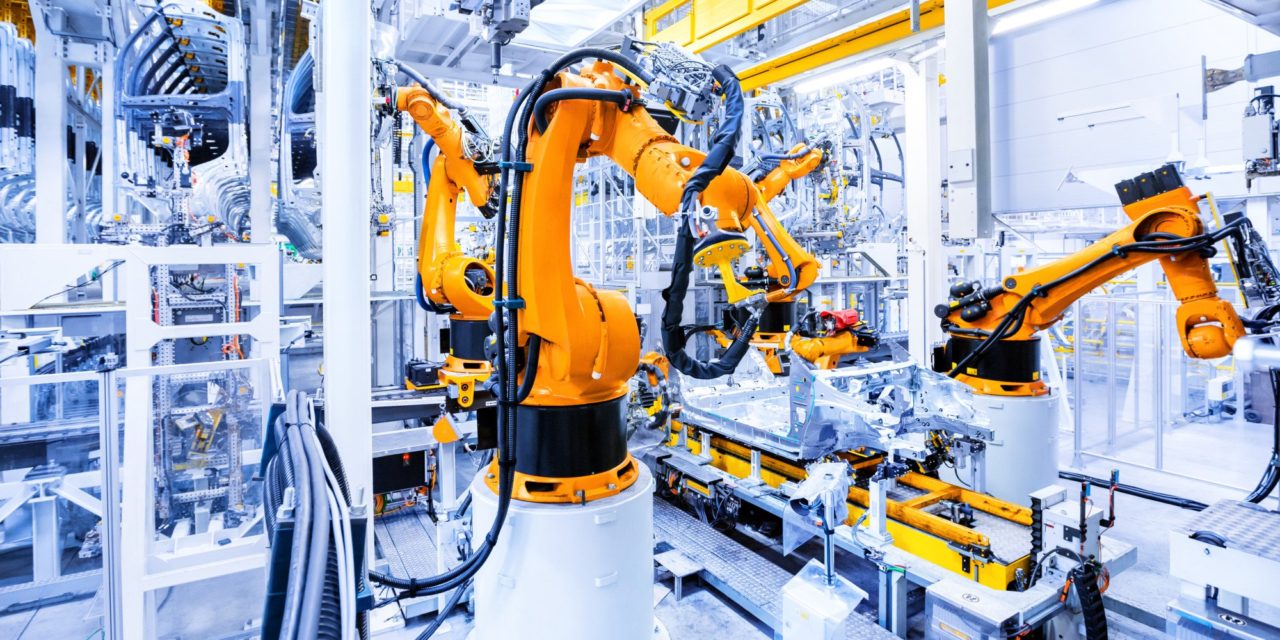
Different Types Of Industrial Robots
Do you know what the six different types of industrial robots are? No? Well, that’s okay because this article will educate you. There are six different types of industrial robots, and they are used for various purposes. So, what are the six different types of industrial robots? Glad you asked. Let’s take a closer look at each type below.
Collaborative Robots
Industrial robots are an essential tool for modern manufacturing, helping to increase productivity and efficiency. There are many industrial robots, each designed for a specific task or set of tasks, and one popular type is collaborative robots, also known as cobots.
Unlike other industrial robots, cobots are designed to work safely alongside people, allowing them to integrate into existing production processes easily. It makes them ideal for smaller-scale operations where manual labor may be expensive or difficult to find.
In addition, cobots can easily adjust their programming based on changing conditions, making them particularly well-suited for applications that require flexibility and adaptability. Overall, collaborative robots represent a robust new development in the world of industrial automation, and they will likely play an increasingly important role in the years to come.
Stationary Arms
Another type of industrial robotic arm is the stationary arm. Stationary arms are typically used for tasks that require high precision, such as welding or fabricating. They are also often used in dangerous or difficult-to-reach environments, where they can perform tasks that would be too risky for human workers.
Stationary arms are generally classified according to their number of axes, with two-axis and three-axis models being the most common. Two-axis models are typically used for simple tasks such as welding, while three-axis models offer greater versatility and can be used for a broader range of applications.
Overall, stationary arms are an essential tool for many modern manufacturing operations and will likely continue to play a vital role in the future.
Cartesian Coordinate Robots
Cartesian coordinate robots, also known as linear or gantry robots, are another industrial robot. Cartesian coordinate robots are designed to move along a straight line, making them well-suited for welding, fabricating, and measuring tasks.
One advantage of Cartesian coordinate robots is that they can be easily programmed to perform repetitive tasks with high precision. In addition, they are relatively simple to maintain and operate, making them a popular choice for many manufacturing applications.
Overall, Cartesian coordinate robots represent a versatile and powerful tool for many different types of manufacturing operations.

Delta Robots
Delta Robots, also known as parallel-link robots, are industrial robots designed to move quickly and efficiently. Delta Robots are typically used for tasks such as packaging and assembly, where speed and accuracy are essential.
Delta Robots are distinguished from other industrial robots by their unique parallel-linkage design, allowing them to move more freely and smoothly than other types of robots. It makes them ideal for tasks that require precise movements at high speeds.
Overall, Delta Robots represent a powerful tool for many different types of manufacturing applications. They are particularly well suited for tasks that require speed and precision.
SCARA Robots
SCARA Robots, also known as Selective Compliance Assembly Robot Arms, are a type of industrial robot designed for welding, fabricating, and measuring tasks. SCARA Robots are distinguished from other industrial robots by their unique four-axis design, allowing them to move more freely and smoothly than other types of robots.
It makes them ideal for tasks that require precise movements and accurate placement. In addition, SCARA Robots are relatively simple to operate and maintain, making them a popular choice for many manufacturing applications.
Overall, SCARA Robots represent a versatile and powerful tool for many different types of manufacturing operations. They are particularly well suited for tasks that require accuracy and precision.
Articulated Robots
Articulated Robots, also known as serial-link robots, are industrial robots designed for tasks such as welding, fabricating, and measuring. Articulated Robots are distinguished from other types of industrial robots by their unique multi-jointed design, which allows them to move more freely and smoothly than other types of robots.
It makes them ideal for tasks that require precise movements and accurate placement. In addition, articulated robots are relatively simple to operate and maintain, making them a popular choice for many manufacturing applications.
Overall, articulated robots represent versatile and powerful tools for many different types of manufacturing operations. They are particularly well suited for tasks that require accuracy and precision.
In Conclusion
Many different types of industrial robots are each well suited for different tasks. Stationary arms, Cartesian coordinate robots, Delta Robots, SCARA Robots, and articulated robots are all everyday industrial robots that offer unique advantages for different manufacturing applications.






